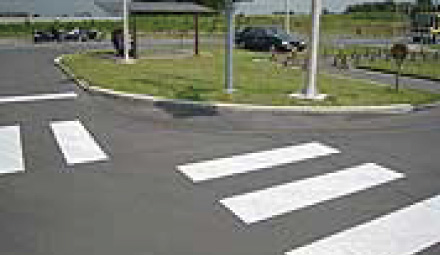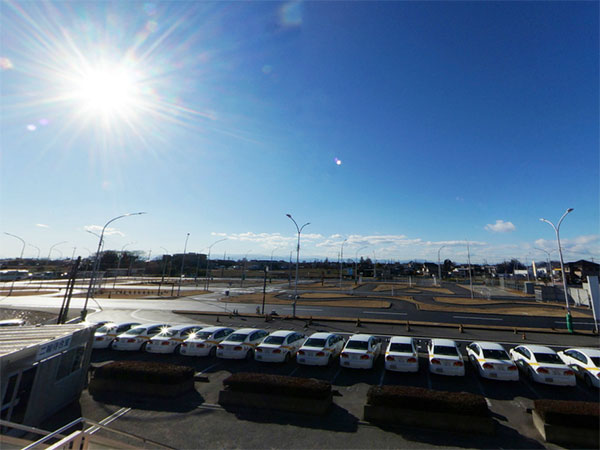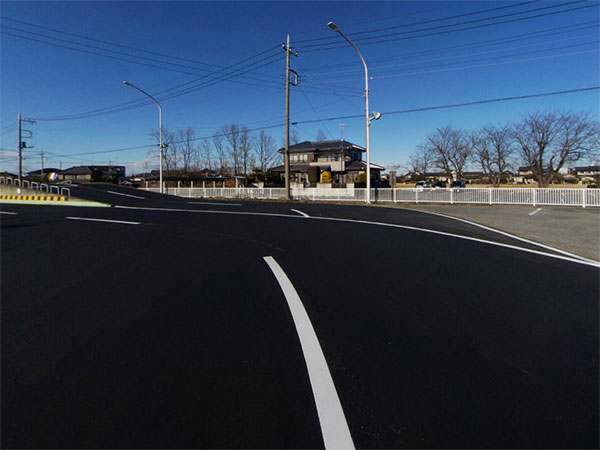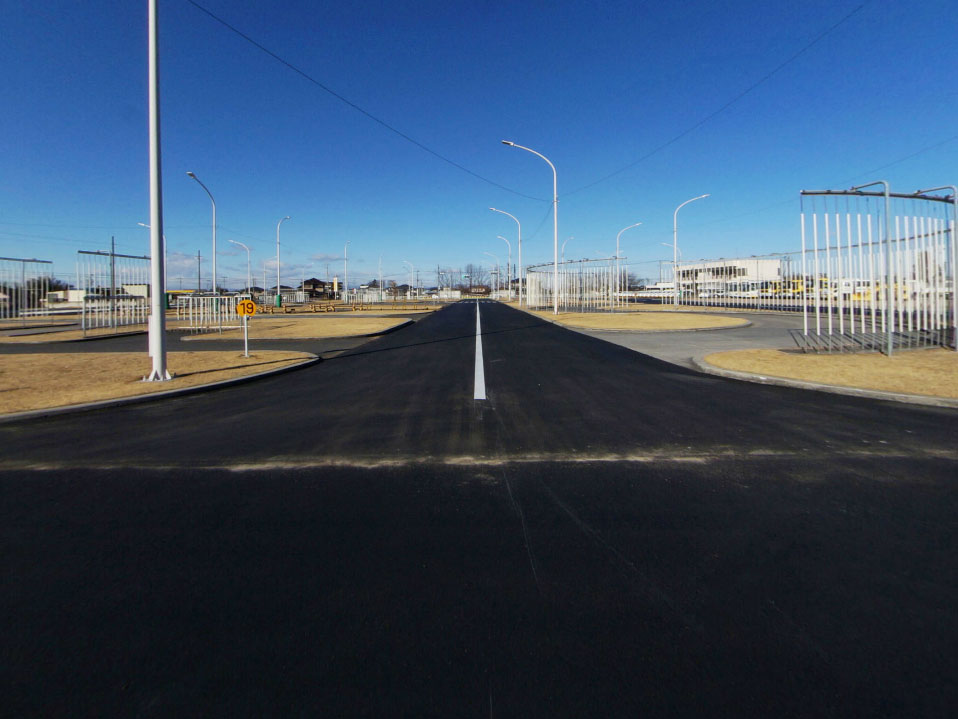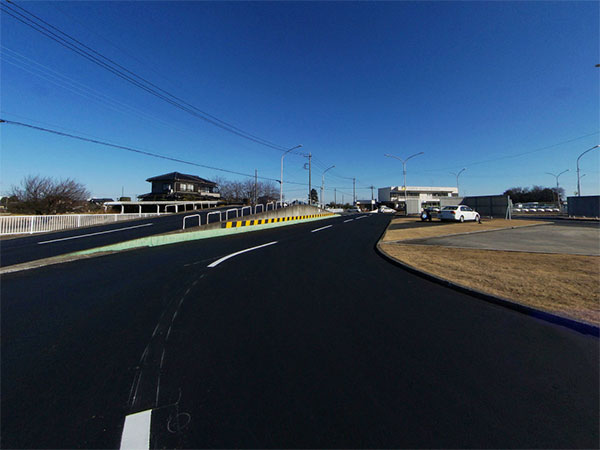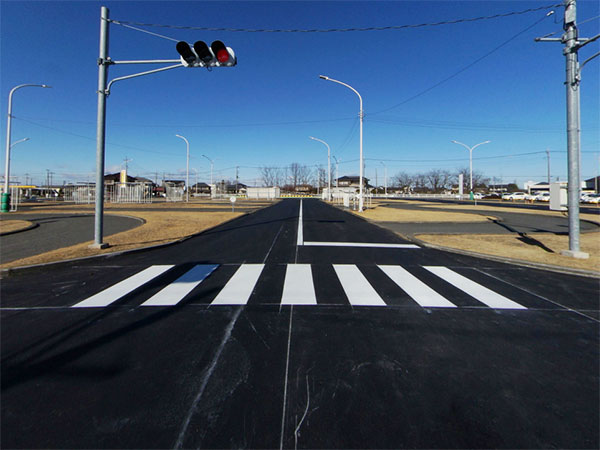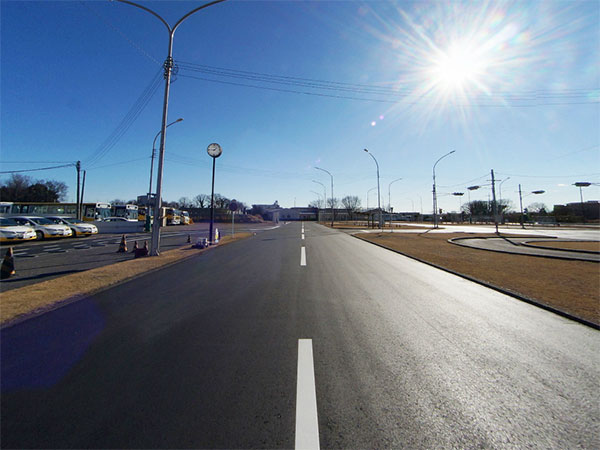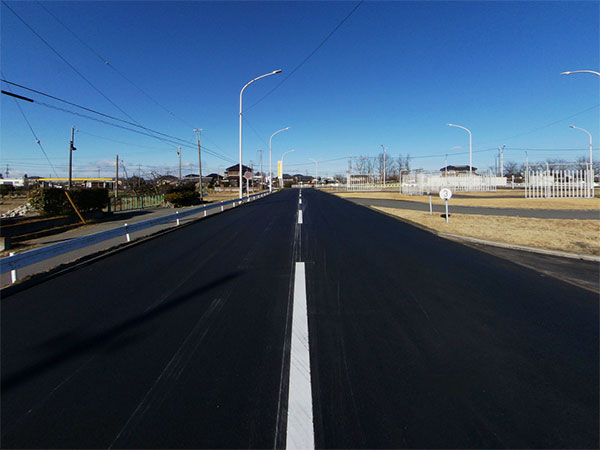Training course introduction
SCROLL DOWN
The training courses at Hanyu Motor School are wide, ranging from regular motorcycles to large cars and even buses! There are lots of ingenuity here and there so that there will be no problem even if all the car models run at the same time!!
View the course with a 360 degree panoramic camera
Points on the coursec

-
- 1Departure and arrival points
-
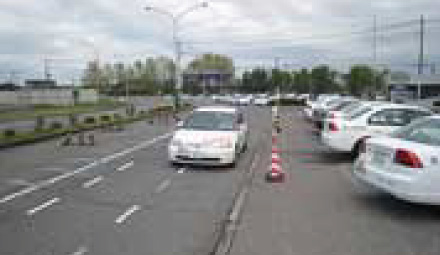
-
- 2Motorcycle single bridge
-
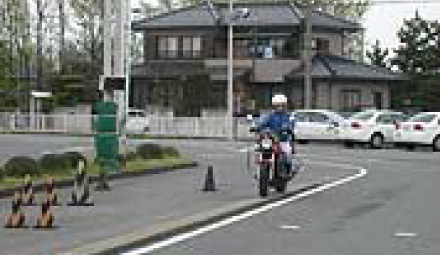
-
- 3Motorcycle slalom
-
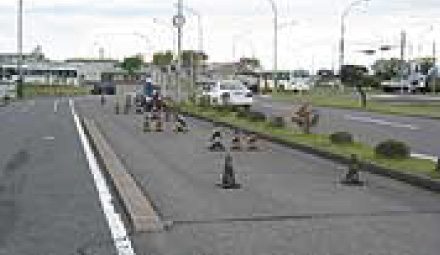
-
- 4Large motorcycle wavy road
-
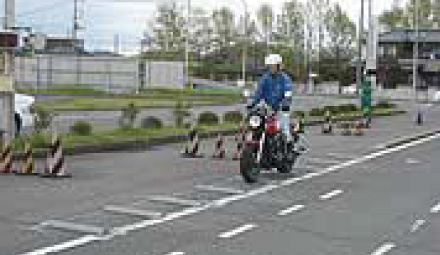
-
- 5Roadside stops and height bars
-
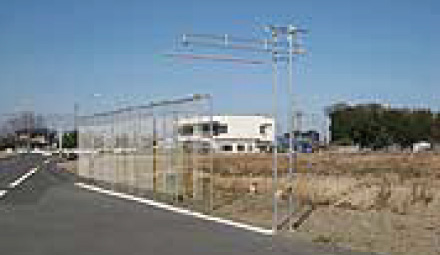
-
- 6Multipurpose space and bottleneck
-
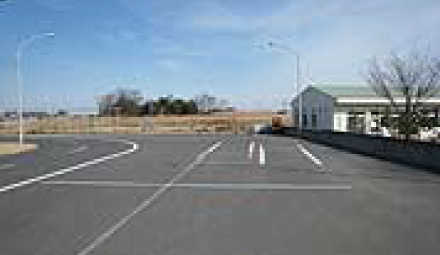
-
- 7Lap curve
-
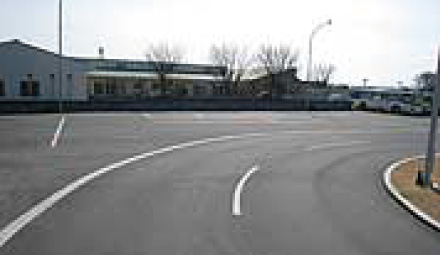
-
- 8Slope
-
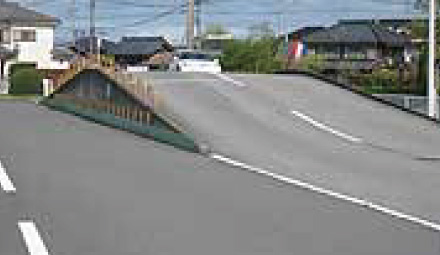
-
- 9S-shaped for regular cars
-
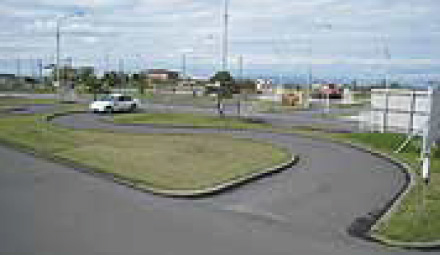
-
- 10Motorcycle crank
-
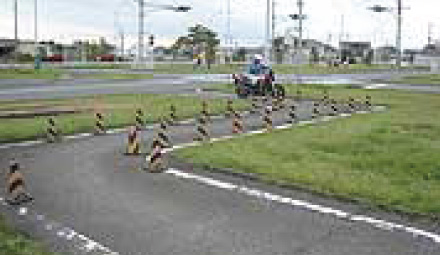
-
- 11S-shaped with three-dimensional obstruction for large and large type 2 types
-
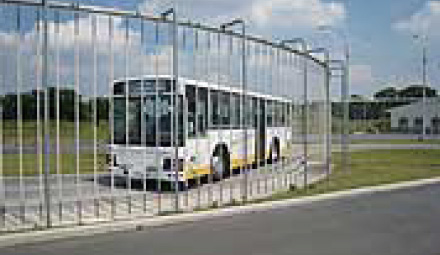
-
- 12Regualr car direction change
-
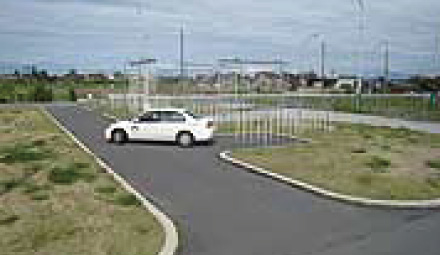
-
- 13Direction change for large vehicles/large 2 types
-
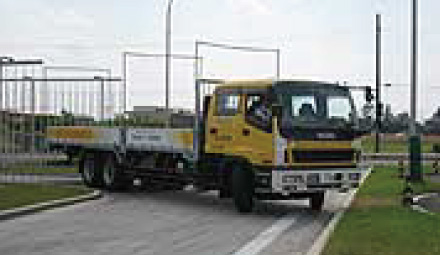
-
- 14Motorcycle figure 8
-
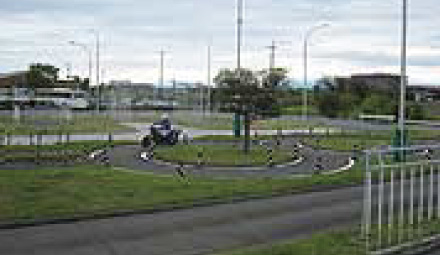
-
- 15Motorcycle rough road
-
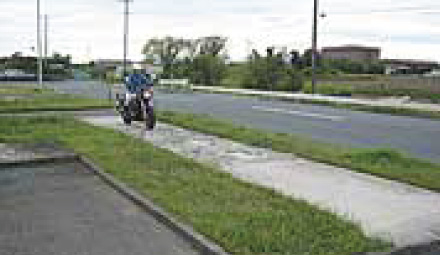
-
- 16Crank for regular cars
-
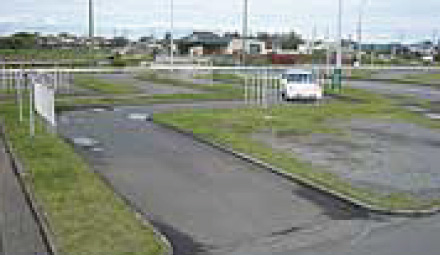
-
- 17Parallel parking for medium-sized cars
-
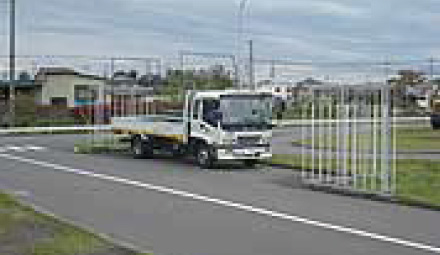
-
- 18S-shape for medium-sized vehicles/towing
-
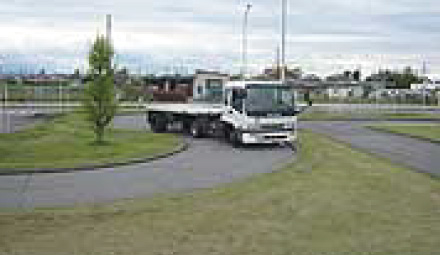
-
- 19Crank for medium-sized cars
-
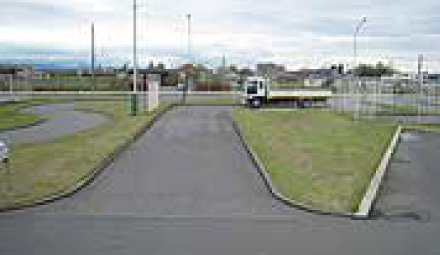
-
- 20Regular car class 2 acute angle
-
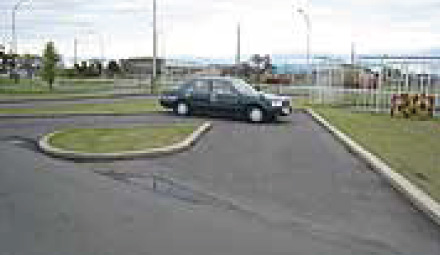
-
- 21Medium size car/towing/large special direction conversion
-
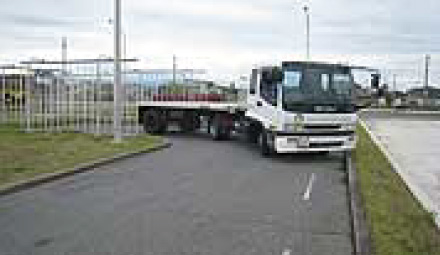
-
- 22Large car/Large car class 2 parallel parking
-
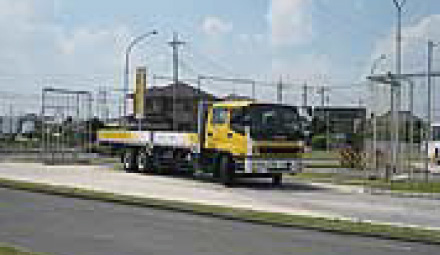
-
- 23Railroad crossing
-
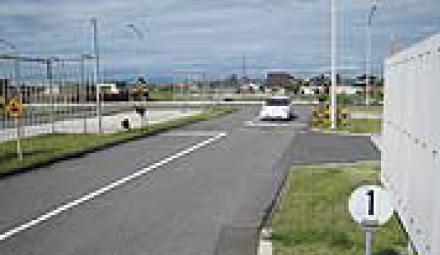
-
- 24Acute angle for Medium size car class 2 and large car class 2
-
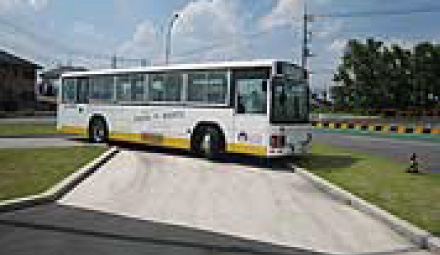
-
- 25Intersection with poor visibility
-
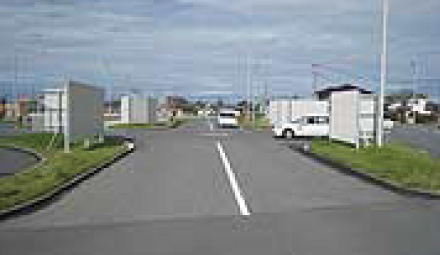
-
- 26Parallel parking for regular cars
-
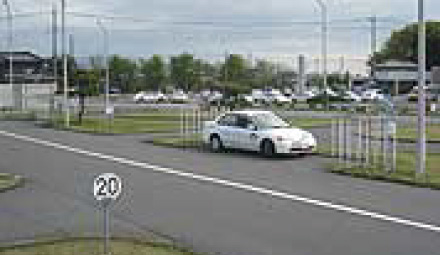
-
- 27Signalized intersection
-
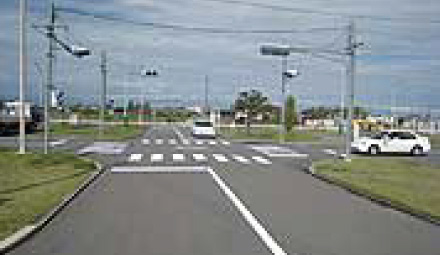
-
- 286.5R intersection corner radius
-
